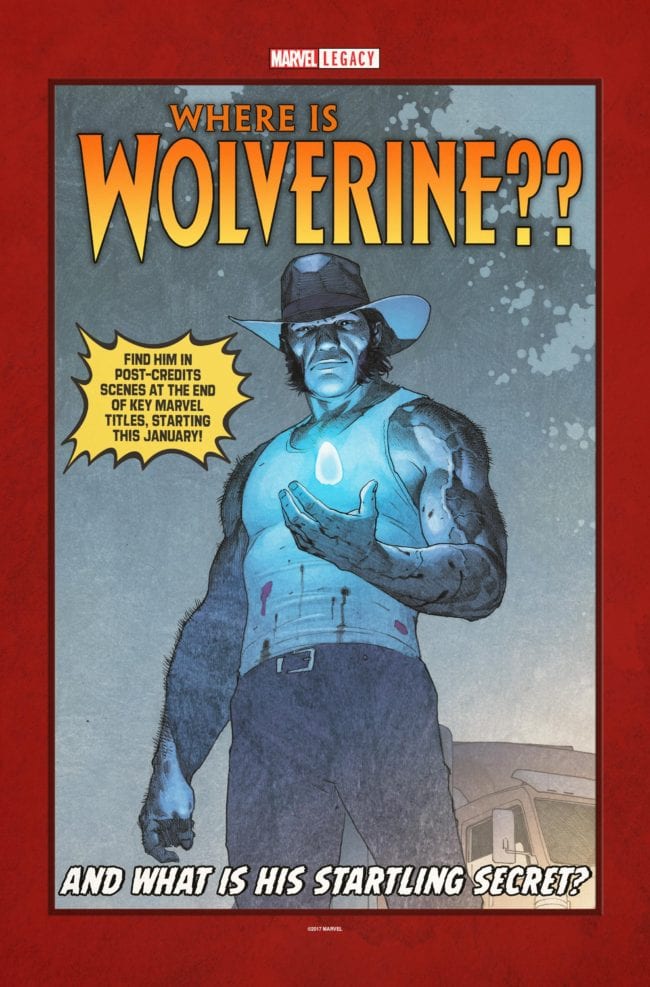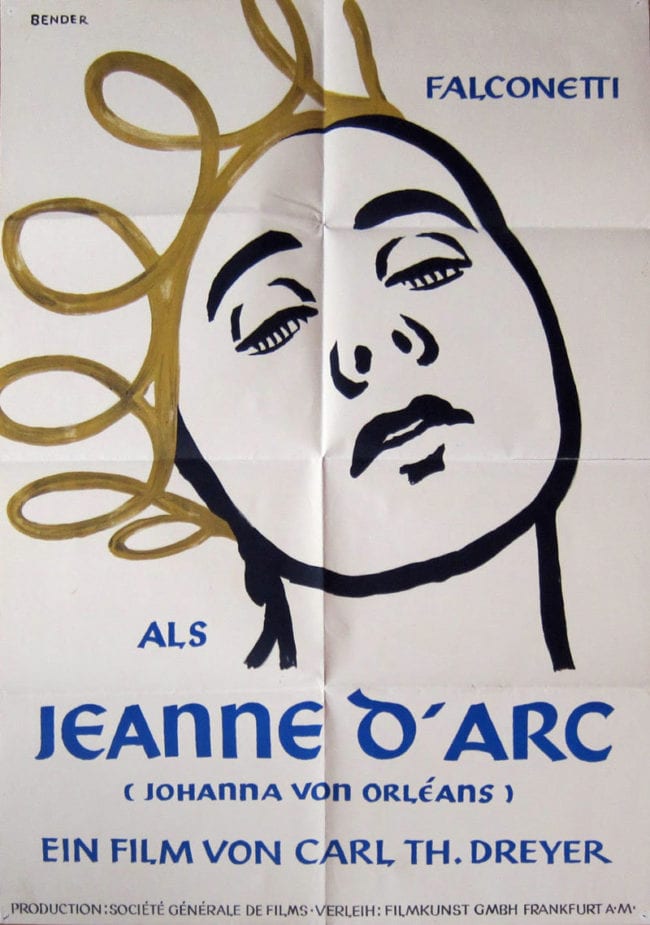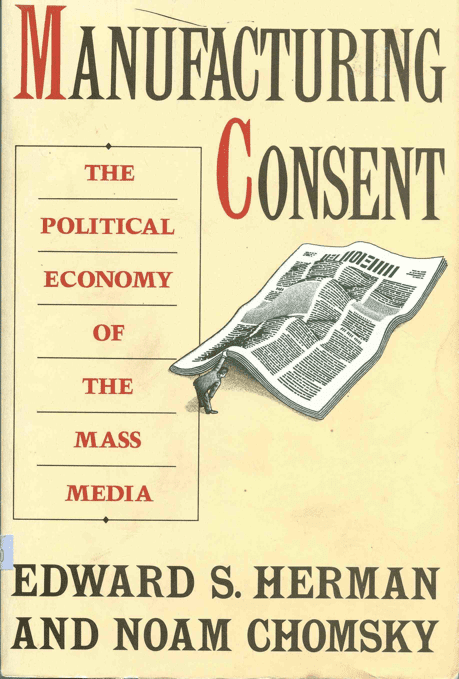Cartoonist and comics educator Frank Santoro is back today with a column in which he reviews the new book by Watchmen artist Dave Gibbons and Tim Pilcher, How Comics Work.
Don't get me wrong, I love the work of Dave Gibbons, and hold it in the highest esteem. It's just that I wish the cover wasn't a giant Green Lantern advertisement and a pitch to the elusive market of young persons who know Green Lantern from some character on a popular TV show wearing a Green Lantern shirt. I know, I know, Gibbons did a definitive Green Lantern star turn. But the cover looks like a bad Gil Kane imitation and it has the poorest design in an otherwise flawlessly designed how to draw comics compendium. The cover is my biggest gripe with this book, so I thought I would get it out of the way first. I blame the publisher for that one slip, not Mr. Gibbons. Instead of being sold as a Dave Gibbons comic book artist masterclass, it is billed as "Green Lantern will show you how comics work with his magic ring."
I guess it could have been worse. While deciding on whether I should take my own photo of the book's cover or if I should find one on the internet, I came across the alternate cover below, which isn't much better. For a book that has pages and pages of "How To Make A Comic Book Cover" chapters, this isn't promising, is it? Why are "comics people" so often befuddled on how to make a good cover for the book trade? This is worse than that "so bad, it's good" Rich Buckler "Secrets of Drawing Comics" comic book from the '80s. How about just a classy photo of the distinguished auteur at his desk surrounded by his stuff? Why does it always have to be middle-of-the-road comics crap?
And RJ Casey is back, too, with a review of Richard Short's Klaus Magazine 3.
That’s not to say anything really happens in Klaus. One widowed bird attempts to woo the cat who devoured her husband. Another cat becomes an agent of chaos and knocks down all the structures the meticulous moles have built. Horses prance in distant fields and in a duck’s vivid fantasies. But most of all, these wistful beasts just sit around and pine away the day. They simply exist, showcasing one of Short’s greatest strengths: creating comics that are gentle without ever being cloying. Klaus can be like poetry in that way.
I’m not throwing around the term “poetry” like it’s often used in art comics lingo, as a stand-in for geometric squiggles on a page. Short is obviously concerning himself with line breaks and rhythm. The latter is aided by the layout. The majority of all Klaus comics are in a stacked four-panel grid with two strips to a page. Focusing on various themes and going back and forth between different characters in Short’s strong array, reading Klaus never feels like a chore like some strip collections. Short doesn’t produce these daily and you can tell. Situations never go stale and the punchline well is never wrung dry. Each strip feels like its very own distinct vignette.
Meanwhile, elsewhere:
—News. Angoulême has released its slate of nominees for this year's festival prizes.
—Interviews & Profiles. Hillary Brown at Paste talks to Leslie Stein.
I think it’s a great skill to cultivate, being in the moment, looking at what’s around you, appreciating the tiny things that we often ignore. On the cover, there are three images of the main character… [in] one she is just looking at a bumblebee and how it flies around. It’s cheesy, but I derive great pleasure from these things, especially if other things in life aren’t going as we wished they would. The world is a scary place, but it can also be a beautiful place. Just put down your rectangle and go outside.
At the Atlantic, Corby Kummer talks to Vanity Fair editor Cullen Murphy (son and collaborator of Prince Valiant artist John Cullen Murphy) about his recent memoir, Cartoon County.
Kummer: You make the cartoonists of Fairfield County—Cartoon County—sound like an enclave, almost a cult.
Murphy: It definitely was not a cult; it was nothing like that. But there were lots and lots of cartoonists around. And my parents would entertain a lot, and they would go out a lot. And the people that they would entertain would largely be other cartoonists, and their spouses. It was very much a subculture that was aware of itself at the time. You know, there were probably a hundred people who were cartoonists that we knew one way or another in that group. And they were all essentially within 30 miles of each other. People like Mort Walker, who did Beetle Bailey, and Dik Browne, who did Hägar the Horrible, and Stan Drake, who did The Heart of Juliet Jones, and Jerry Dumas, who did Sam and Silo, and Tony DiPreta, who did Joe Palooka, and Ted Shearer, who did Quincy, and Crockett Johnson, who did Barnaby and also the children’s classic Harold and the Purple Crayon. Not to mention Chuck Saxon, the great New Yorker cartoonist.
At Strange Horizons, Gautam Bhatia talks cities and science fiction with the Indian cartoonist Krish Raghav.
I have lived my life entirely in giant megacities, and the old Moscow joke about the sixth ring road being the “end of civilization” cruelly applies to the ways my thinking has been influenced. In a way, I see cities as the only grounds for imagining futures, because they necessitate change and adjustment, and particularly in Asia, are populated by those seeking change or rupture from their upbringing.
Cities overwhelm and infiltrate the senses, and create imaginations where you hadn’t thought to look. In Tokyo, the names of the city’s subway lines can accurately describe the sound of a young underground band. A “Setagaya Line” band tends towards synth-pop and catchier hooks, while a “Chuo Line” band plays dark and heavy and loose.
—Reviews & Commentary. At the New York Times, Leopoldine Core reviews the new collection of Nicole Claveloux comics from NYRC.
Claveloux’s comics encapsulate the desire to change or reinvent oneself — but also to undermine society and the absurd sense of order it imposes. Her characters are often staring out a window or into the distance off the page, beaming out of the panels that contain them. Their facial features change dramatically from one drawing to the next but never disorientingly so — through Claveloux’s inconsistencies, each story is imbued with the fluidity of perception. It’s not like the fantasies of Disney, where the brand is always front and center. Claveloux takes pleasure in violating the familiar and many of these stories sneer at the stunted, insulting rituals of capitalism. With a wry sort of joy, Claveloux conveys the spectrum contained in polarities: real and unreal, male and female, animal and human, young and old.
For the same publication, Douglas Wolk reviews a slate of new comics and related books, including How to Read Nancy, Tillie Walden's Spinning, and Ulli Lust's Voices in the Dark.
A nearly-400-page graphic memoir by a 21-year-old seems like a dicey proposition — not least because most cartoonists take years or decades to develop their voice — but Tillie Walden’s SPINNING (First Second, paper, $17.99) is an engrossing, gorgeously quiet look back at the 12 years she devoted to figure and synchronized skating. It’s also her fourth book, remarkably. Walden touches on the physical control the sport requires and on the rivalries and camaraderie of young skaters, but she’s more concerned with evoking the feeling of being a skater: the chill of early-morning wake-ups (she recalls sleeping on top of her blankets so that she’d be cold already by the time she arrived at practice), the openness above the ice in an empty rink, the long stretches of waiting punctuated by brief flashes of performance.
Animation scholar Jerry Beck also has recently published a series of reviews of new comics and related books, including the same How to Read Nancy, as well as new Mickey Mouse and SpongeBob SquarePants collections.
Our David Gerstein ‘book of the month’ this time around is the eleventh volume of the Fantagraphics’ Floyd Gottfredson Mickey Mouse comic strip library. Just when you thought that every last scrap of rare Gottfredson art and every last thing to be told about the man and his work is said – Gerstein and crew provide even more from an apparently bottomless well. This edition covers the strip during its deepest post-war suburban-set era, with an emphasis in story lines containing fantasy/sci-fi elements of the type in vogue during the early 1950s (1951-1953 to be exact).
Finally, Sam Ombiri writes about the inimitable Carlos Gonzalez's Test Tube.
This comic feels like it’s mutating me and my reality. I wasn’t aware that a comic can wrap around my brain. It did this by using very familiar images, with unfamiliar modes of presentation that somehow mysteriously register. Carlos is bringing to attention how unfamiliar these familiar drawings are. He’s somehow simultaneously doing so much and so little to convey what objects, characters, and settings are, yet it all somehow renders so clearly. Which I guess is cartooning, but there seems to something in this system Carlos has introduced. He’s really mastered manipulating our mind at the bare minimum, but with the effort in design turned up to the maximum, to indicate at every turn of the story that something’s afoot. It also could just be satisfying at an aesthetic level. On my end it’s great to look at, but it simultaneously conveys the nature of the story.





































